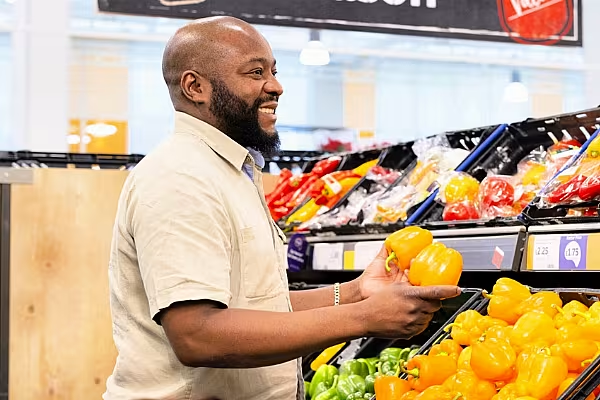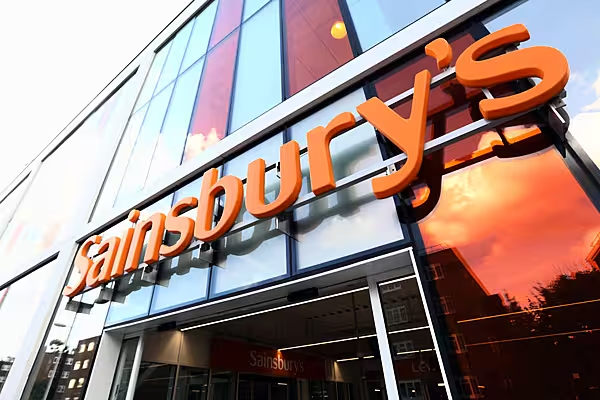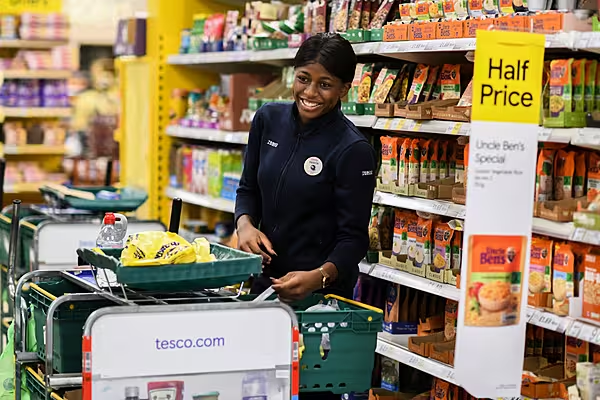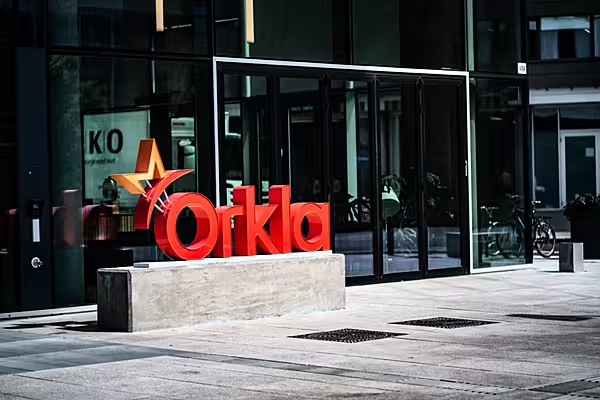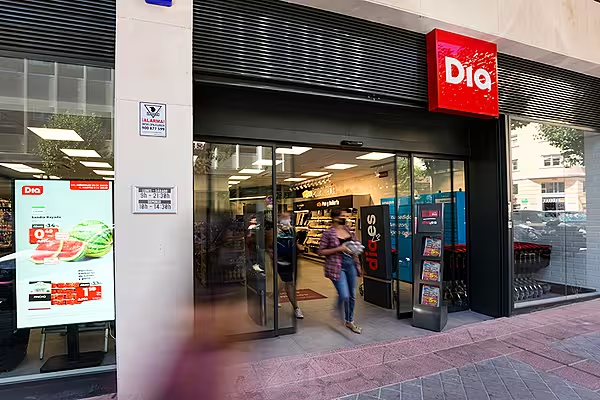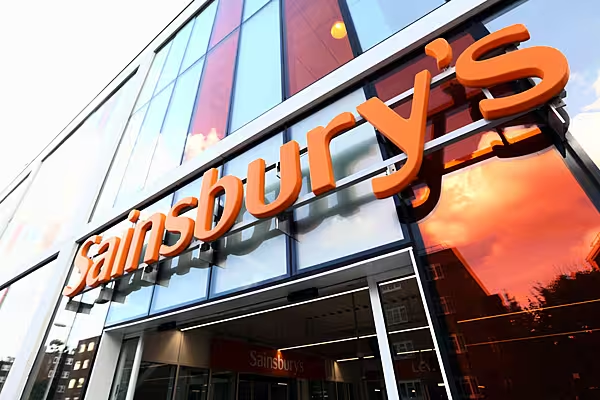UK retailer Sainsbury’s has reported year-on-year sales growth of 4.6% in the first half of its financial year, with grocery sales up by 5.0%.
Retail underlying operating profit amounted to £503 million (€604.7 million), registering year-on-year growth of 3.7%, with a strong performance by Sainsbury’s and Nectar.
‘We’ve had a brilliant half and I’m really proud of the progress we’ve made on Next Level Sainsbury’s so far. We’re a more confident business and a more ambitious business than we were nearly four years ago,’ chief executive Simon Roberts wrote in a LinkedIn post.
ESM looks at what some analysts said about the company’s first-half performance.
Third Bridge
Orwa Mohamad, an analyst at Third Bridge, stated, “Sainsbury’s has successfully gained market share from discounters through initiatives like Price Lock, Aldi Price Match, and the Nectar loyalty programme.
“Experts predict that Sainsbury’s will continue to capture market share over the next 12 months, mainly from Asda and Morrisons, thanks to its clear competitive value and personalised pricing strategies. There’s also a notable opportunity to focus on convenience, especially with Asda and Morrisons expanding in that space.
“However, consumers now expect food prices to continue decreasing as inflation stabilises, while rising labour costs in the UK, including an increase in the National Living Wage, put pressure on pricing strategies.
“To manage its cost base, experts recommend that Sainsbury’s maintain its promotional pricing strategy to boost volume growth and attract new customers. Increased sales volumes can help lower labour costs, improve distribution efficiency, and streamline product flow, ultimately reducing overall operational expenses.”
Mohamad added that experts have highlighted effective availability management and supply chain optimisation as key areas in which AI can enhance efficiency and cut costs.
“While electronic shelf labels could significantly improve operational efficiency, high implementation costs have hindered their widespread adoption,” Mohamad said.
AJ Bell
Commenting on the company’s non-food operations, Russ Mould, investment director at AJ Bell, stated, “There are small signs of progress in Sainsbury’s non-food operations after a troublesome first quarter, yet the company is still walking on a tightrope, rather than sprinting on the field.
“While Argos, general merchandise and clothing all had a terrible start to Sainsbury’s financial year, the tide is slowly turning. Argos is still the odd one out with negative sales, but the rate of decline has slowed considerably from the previous quarter.
“Propping up Argos was a good old-fashioned clear-out of old stock by slashing prices to shift products. That’s essentially cleared the decks ahead of Christmas, but Sainsbury’s has taken a hit on profit margins in doing so.”
Looking ahead, the company needs to “focus on a big push for the festive season,” so that it becomes the destination for shoppers to order their Christmas turkey and bubbly, and Argos for toys for the children.
“It’s a highly competitive market, but Sainsbury’s is in a much stronger position to compete than five or ten years ago.”
On the recent extension of the Aldi Price Match campaign, Mould commented, “Initiatives such as fighting Aldi on price in its convenience stores is a bold move, but one that could pay off and help change the public’s perception of how much products cost at Sainsbury’s. In the big stores, Sainsbury’s is successfully capturing extra business at both the value and premium end.
“It can take a long time to perfect a recipe, changing measurements or ingredients along the way. Sainsbury’s is still hard at work in the kitchen, getting things right, but the progress so far is encouraging.”
Shore Capital
According to analysts at Shore Capital, Sainsbury’s first-hand underlying profit was “a little ahead of its forecast,” with the “firm sustaining a very good grocery performance that strengthened through the first half.”
The analysts added, “First-quarter grocery sales increased by 4.8%, and this accelerated to 5.3% in the second quarter – within this overall position, convenience [CVS] sales rose by 5% in H1 FY25F, online food sales by 7%, and on-demand increased from a low base by a still remarkable 86%. It is perhaps worthwhile pointing out that Sainsbury’s food performance is not just on the back of multi-year tough comparatives, but it lacks the oxygen of new space maturation.
“Importantly, food volumes have been positive in the period, now six consecutive quarters, and ahead of the market, to benefit from more primary customers, one quarter of which are new to the fascia, which is assisting basket size growth, a pleasant and commercially powerful dynamic.
“The non-food components of Sainsbury’s business have been more challenging in recent times, eating into the profit progress that has been made by grocery, and this picture was reiterated in H1 FY25, with the group stating that ‘Sainsbury and Nectar growth partially offset by a lower Argos contribution,’ meaning that nearly 9% [of] Sainsbury EBIT progress translated down to under 4% at a group level.”
